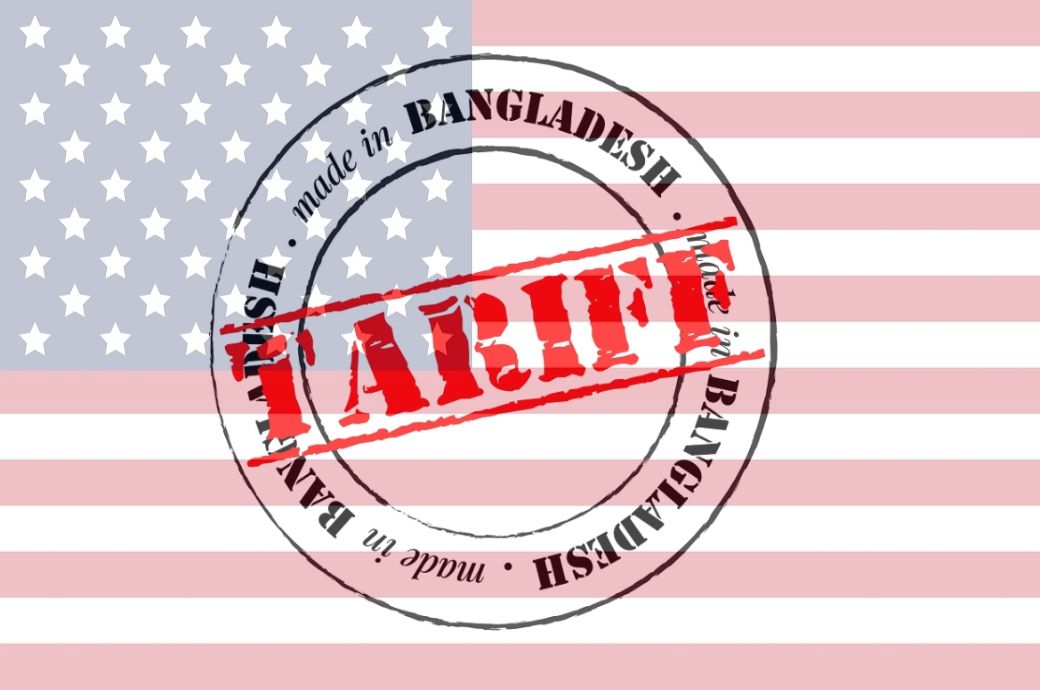Advanced football analysis indicates that it’s difficult to make the playoffs while allowing more points than you score. Prior to this year, 564 teams had made the playoffs since the NFL-AFL merger in 1970, and just 46 (8.2 percent) did it with a negative point differential. Of those, just 10 allowed regular-season opponents to outscore them by more than 3 points per game. The standout teams in this category are 2010 Seattle Seahawks (-6.06 points per game) and 2011 Denver Broncos (-5.06), who together set a new bar in winning while being outscored.
The Week 18 game between the Las Vegas Raiders and Los Angeles Chargers, which briefly set the internet ablaze, felt historic because of a weird, circumstantial mix of timing and incentives. The teams could have tied to both make the playoffs, and they came seconds away from doing that before a Daniel Carlson field goal advanced the Raiders and eliminated the Chargers. But when Carlson swept his leg through the ball, he ensured a different kind of history — that, for the second time ever and first time in almost four decades, two teams would make the playoffs in the same year while losing their average game by a full field goal or more.
The 2021 season’s playoffs are an anomaly, because both the Raiders at -3.82 points per game and the Pittsburgh Steelers at -3.24 are in the dance. Based on a range of factors beyond those two numbers, there is a real case for 10-7 Las Vegas and 9-7-1 Pittsburgh as the worst pairing of playoff teams to ever appear in the same year. That isn’t to say they didn’t earn their spots, though, or that it’s not worth keeping an eye on their wild-card games. Actually, it is to say the opposite; one of the opening round’s most interesting subplots will be whether the Raiders and Steelers can keep staving off what have long appeared to be unavoidable demises.
In some ways, the presence of two playoff teams this unimpressive is an inevitable reflection of how the league has changed. The playoff field has grown from eight teams in 1970 to 14 now. Neither of these teams would have made it in the original format. The Steelers, as the AFC’s seventh seed, would have had their faces pressed up against the glass as recently as 2019.
And there’s at least one other reasonable contender for the Worst Pair of Playoff Teams Ever trophy: the 1982 Detroit Lions and Cleveland Browns, who each made it at 4-5. The strike-shortened 1982 season — with its expanded 16-team postseason — has a good case for the league’s worst collection of playoff teams overall, as another team that year, the then-St. Louis Cardinals, had a -3.89 point differential with a 5-4 record. Mediocre teams have made the postseason before, and they will make the postseason again.
But 2021’s weakest playoff teams merit their own consideration for getting this far, because it is flatly stunning that they are still standing as the 11th and 12th teams to make the playoffs with these point differentials. And it’s not clear which team gets to be the 11th and which the 12th, given that they punched their postseason tickets at exactly the same second on Sunday.
The Steelers being here is shocking, because they’re bad at most things, and the main thing they are good at –– sacking the opposing quarterback –– hasn’t even made them particularly good on that side of the ball. The biggest problem is the offense, though.
The NFL has morphed into a throwing league, with just about every passing indicator gradually ticking upward over several decades. Every team now calls more designed passes than runs. This would seem to make it close to impossible to make the playoffs without at least an average quarterback, and in fact, only one playoff team this year had a quarterback ranked worse than 19th in ESPN’s Total Quarterback Rating: the Steelers, with Ben Roethlisberger ranked 25th out of 31 qualifying passers. His 35.8 QBR is the second-worst figure for a playoff team’s starting QB this century, only ahead of the New York Jets’ Mark Sanchez in 2009.
The NFL is a pass-happier league now than then. A team making the playoffs in this aerial era with a QB of Roethlisberger’s current caliber is unheard of. It’s even possible that QBR is too high on the 39-year-old Roethlisberger, who is 37th out of 39 qualified QBs in Pro Football Focus’s offensive grade and 28th in Next Gen Stats’ completion percentage relative to expectation, while getting rid of the ball more quickly than any other qualified QB and throwing it shorter than all except one.
One might assume, then, that a great running game has buoyed the Steelers. It has not, despite the best efforts of rookie tailback Najee Harris. The Steelers are 29th in yards per carry but 17th in expected points added per rush, according to ESPN’s Stats & Information Group, suggesting they’ve at least gotten a good amount of value from the yards they have generated. The easy culprit is a bad offensive line; the Steelers are second-to-last in yards before contact per carry and 30th in ESPN’s Run Block Win Rate.
You might assume, at this point, that an elite defense is propping up the Steelers. That’s not happening, either. The Steelers led the league in sacks with 55 as T.J. Watt tied Michael Strahan’s single-season record with 22.5 all on his own. But the defense on the whole was decidedly average-ish: 12th in EPA per play, 19th in yards per play and 20th in scoring. The primary (though not only) problem is a rush defense that ranks last in yards per carry (5.0). When the Steelers were not depositing QBs into the ground, they had a hard time slowing offenses down.
It isn’t the last remaining phase of the game, either. The Steelers are 18th in special teams EPA, despite having one of the league’s most consistent field goal kickers in Chris Boswell. There is no secret sauce here, other than the Steelers have repeatedly found enough critical plays to get over the hump in games they could’ve easily lost. They are 8-2-1 in one-score games and 4-0-1 when the margin is a field goal or less. They’re one of 17 teams since 2000 to have at least four wins and no losses in games with field goal-sized margins or smaller.
The Raiders’ road has been extraordinary in ways that are both similar to the Steelers’ and different. They’ve also had great results in close games: 7-2 in those decided by one score, 5-1 when the margin is 3 points or fewer. And they’ve had their own struggles with a former Alabama Crimson Tide running back behind a bad offensive line, as the Josh Jacobs-led Raiders run game is 27th in yards per carry and 31st in Run Block Win Rate. It is a fun irony that the plays that pushed the Raiders past the Chargers in overtime in Week 18 were a couple of unexpected bursts by Jacobs, who had carries of 7 and 10 yards on the winning drive as the Chargers struggled to find a way to fill gaps in their run defense.
Vegas has gotten solid play from QB Derek Carr (13th in QBR) and his receiving targets to keep its offense, ranked 18th in EPA per play and 23rd in yardage per play, from being horrendous. But the offense still hasn’t been good for most of the year, and the Raiders have had to overcome something the Steelers have not: the least opportunistic defense in the league, which in its own way has been one of the most tortured defenses in football history.
The Raiders’ defense is ninth in the NFL in yards allowed per play (5.2), a quality number that belies the unit’s huge problems. They are 30th in EPA per play, a disconnect that is only possible because the Raiders have tended to give up lots of yards in high-leverage situations that mean a lot to the offense. They have seemed to play their worst defense in the moments when opposing offenses have absolutely had to get yardage.
Teams are an incredible 21-for-29 on fourth downs against Las Vegas, a 72.4 percent conversion rate that places the Raiders last in the league. Only one team this century, the 2020 Cleveland Browns with 22, allowed more fourth-down conversions. Along the same line, the Raiders have given up touchdowns on 21 of 22 goal-to-go possessions for opponents, the worst stop rate in the shadow of their own goalposts for any NFL defense in the current millennium. In other words, the Raiders will stop your offense right up until it matters most.
Add it up, and Vegas has had enough defensive problems to allow the seventh-most points in the league (25.82 per game). The Raiders’ defensive EPA per game is -5.92, the fifth-worst mark of any playoff team for which ESPN’s Stats & Information Group has data.
The Raiders are not exceptional at much, other than their defensive conversion woes and stalling out and kicking field goals when they’re on offense. They lead the league in field goal drives, with 21.3 percent of their possessions ending in a made kick. Carlson has been a hugely productive kicker, making 40 of 43 overall tries and six of seven from beyond 50 yards. His golden leg has been key to the Raiders’ ability to forage for wins where they’re hard to find.
The Raiders have had to play through circumstances around their workplace that had nothing to do with the games. Their head coach, Jon Gruden, resigned in disgrace in October following the release of racist, homophobic and misogynistic emails he sent years earlier. Interim coach Rich Bisaccia has managed a 7-5 record since. The team also dealt with the release of receiver Henry Ruggs III, who was charged with DUI resulting in death in connection with a November car crash. There is no number to capture the task of continuing to work through those differently devastating events.
The Raiders probably won’t last long in the playoffs, nor will the Steelers. Only three teams with a regular-season negative point differential have ever made it as far as a conference championship game, and each of those teams kept that margin within a point per game. FiveThirtyEight’s prediction model gives the teams a combined 0.7 percent chance to win the Super Bowl and believes both will lose in the wild-card round — the Raiders visiting the Bengals, the Steelers visiting the Chiefs, who beat them by 26 points three weeks ago.
The fun of these teams being here is not that they are Super Bowl dark horses. It is that they have rolled around in the mud all season and pulled enough opponents down with them to somehow leave a considerable mark on the 2021 season. Their playoff runs are more than likely about to end, but the biggest stakes at this point are not with the Raiders and Steelers, but with the actual Super Bowl contenders that would squander real title shots by losing to them.
Check out our latest NFL predictions.

:max_bytes(150000):strip_icc()/Health-GettyImages-1015247628-33c0cf540b254573867c26b1f88e702f.jpg)

